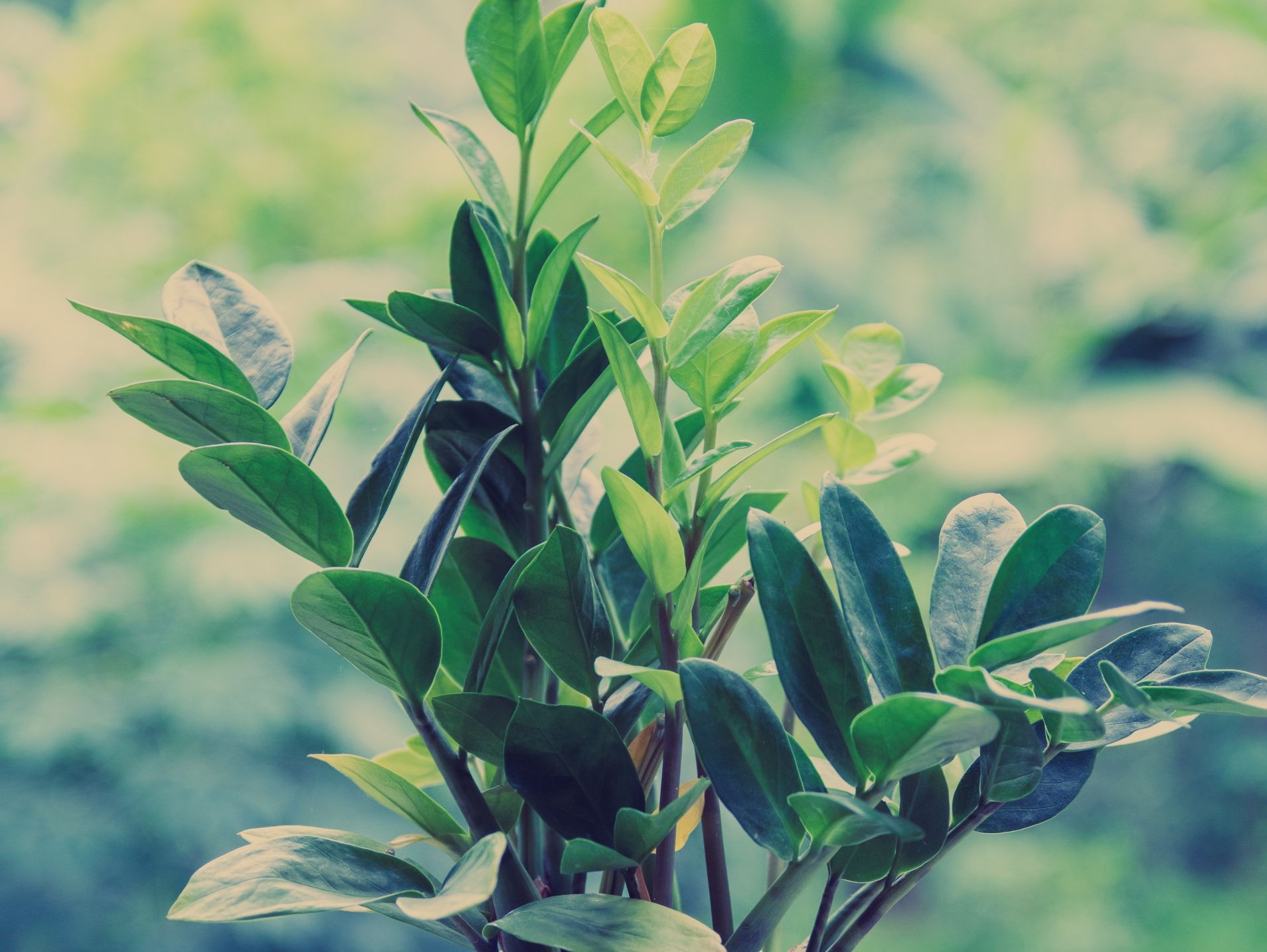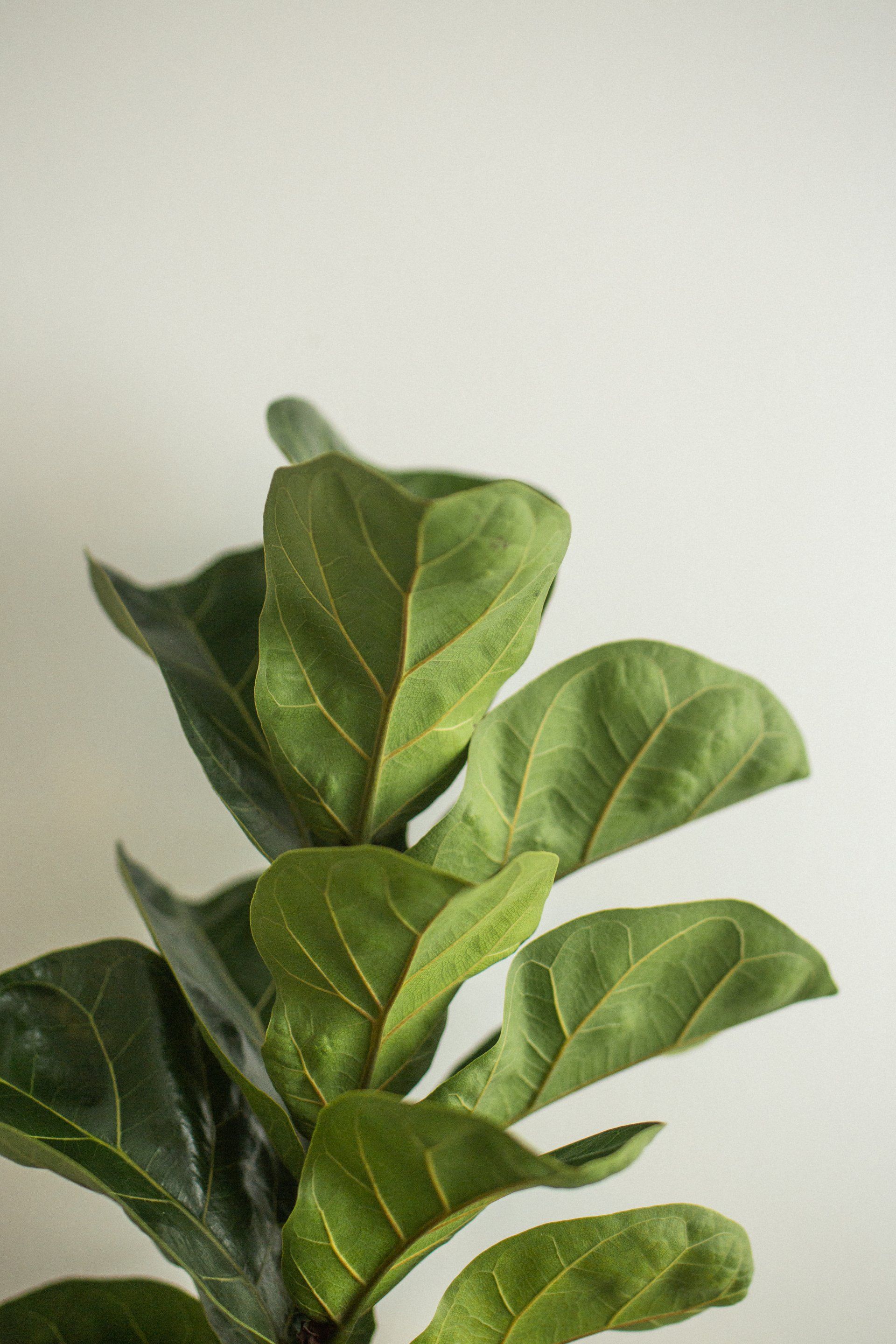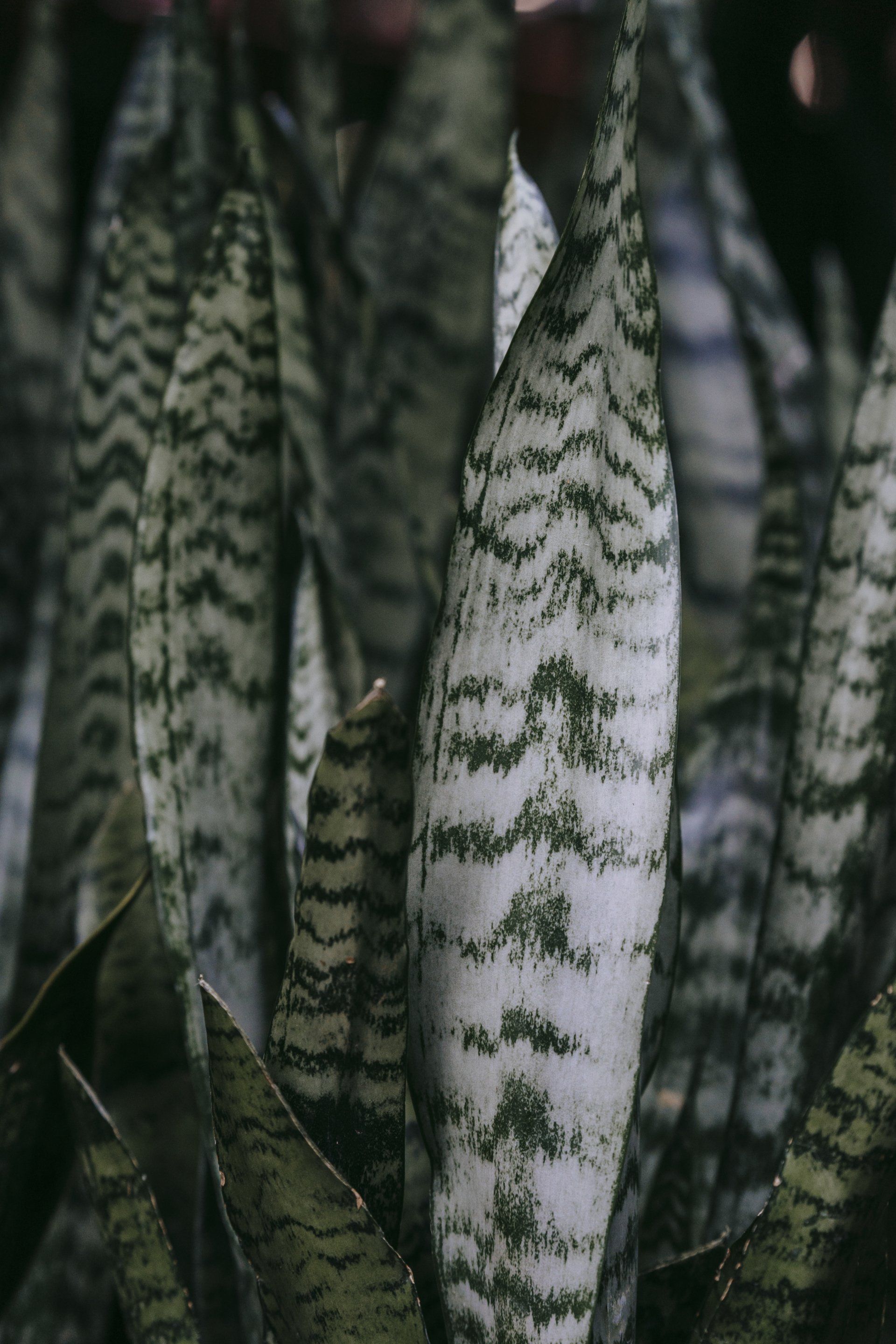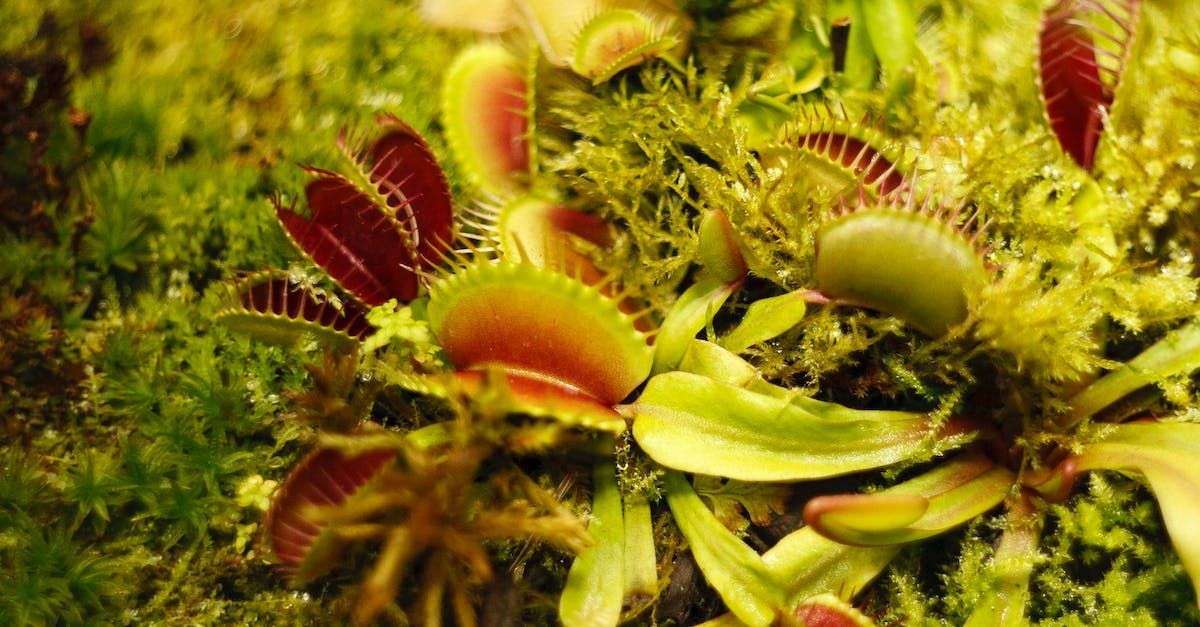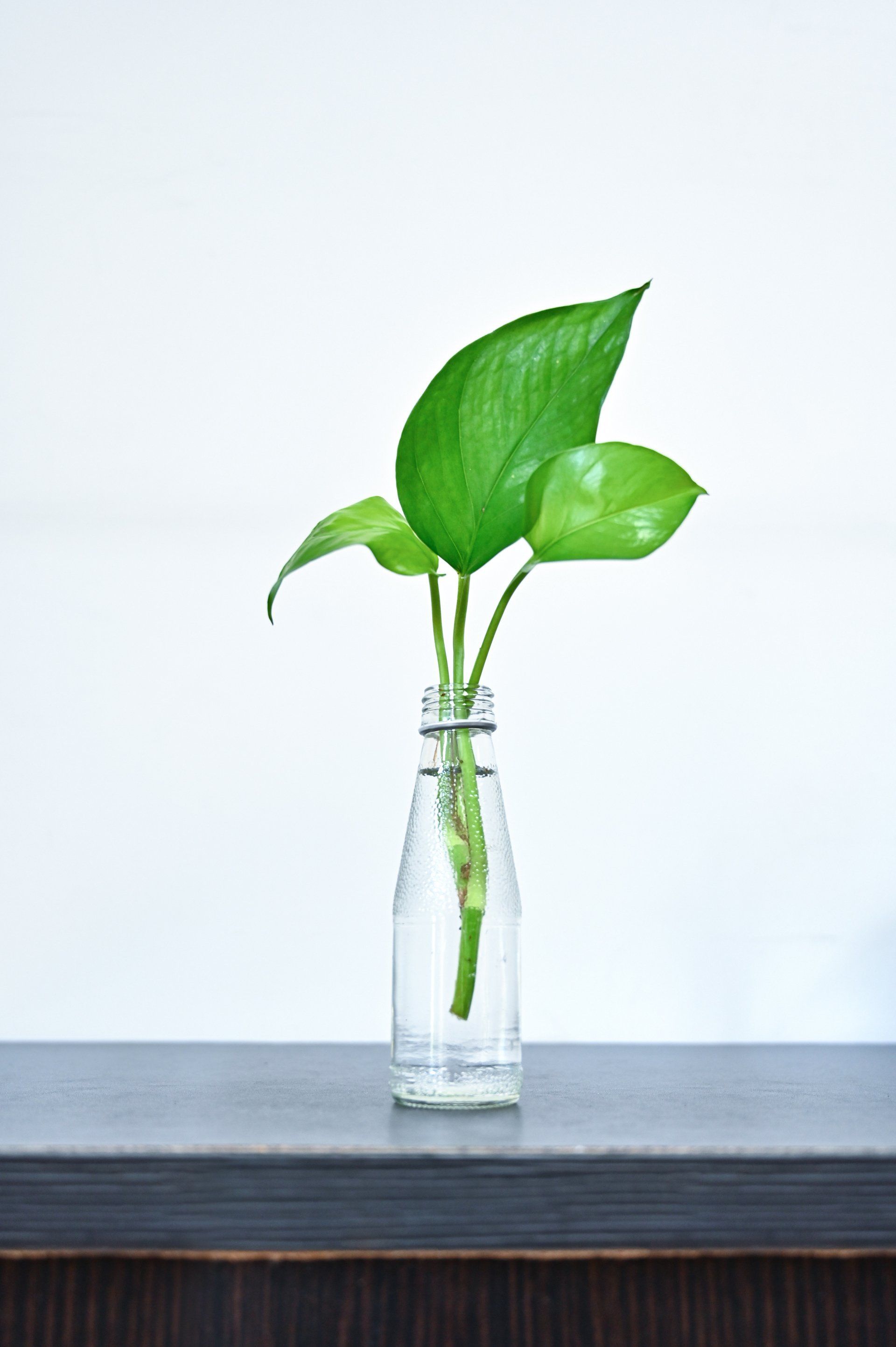Traversing the World of Hydroponics: A Guide to Soil-Free Gardening
In recent years, hydroponic gardening has emerged as a popular and innovative method for growing plants without soil. By providing essential nutrients directly to the plant's roots in a water-based solution, hydroponics offers numerous advantages over traditional soil-based gardening, including faster growth rates, increased yields, and greater control over environmental factors. In this comprehensive guide, we'll delve into the fascinating world of hydroponics, exploring its principles, techniques, and benefits for both beginners and experienced gardeners alike.
Understanding Hydroponics:
At its core, hydroponics is a method of cultivating plants in a nutrient-rich water solution, with or without the use of a growing medium such as perlite, vermiculite, or coconut coir. Unlike traditional soil-based gardening, where plants rely on soil to provide essential nutrients and support, hydroponic systems deliver nutrients directly to the plant's roots, allowing for more efficient nutrient uptake and faster growth rates. By controlling factors such as pH, nutrient levels, and water quality, hydroponic gardeners can create optimal growing conditions for their plants, resulting in healthier, more robust specimens.
Types of Hydroponic Systems:
There are several different types of hydroponic systems, each with its own unique advantages and considerations. Some of the most common include:
- Deep Water Culture (DWC): In DWC systems, plants are suspended in a nutrient solution with their roots submerged in the water. Air stones or air pumps are used to oxygenate the water and prevent root rot.
- Nutrient Film Technique (NFT): NFT systems use a shallow stream of nutrient solution to continuously flow over the plant roots, providing a constant supply of nutrients and oxygen.
- Ebb and Flow (Flood and Drain): Ebb and flow systems periodically flood the growing medium with nutrient solution before draining it away, providing plants with ample moisture and nutrients while preventing waterlogging.
- Drip Irrigation: Drip systems deliver nutrient solution directly to the plant's roots via a network of tubes and emitters, ensuring precise control over nutrient delivery and minimizing waste.
Choosing the right hydroponic system depends on factors such as space, budget, and the types of plants you wish to grow. Beginners may find DWC or NFT systems to be the simplest and most straightforward, while more experienced gardeners may prefer the flexibility and customization options offered by drip or ebb and flow systems.
Benefits of Hydroponics:
Hydroponic gardening offers a wide range of benefits that make it an attractive option for plant enthusiasts of all skill levels. Some of the key advantages include:
- Faster Growth Rates: Without the need to expend energy on searching for nutrients in the soil, plants grown hydroponically can devote more energy to vegetative growth and fruit production, resulting in faster growth rates and higher yields.
- Water Efficiency: Hydroponic systems use significantly less water than traditional soil-based gardening, as water is recirculated and reused within the system rather than being lost to evaporation or runoff.
- Space Savings: Hydroponic systems can be set up vertically or in compact indoor spaces, making them ideal for urban environments or areas with limited outdoor space.
- Greater Control: By monitoring and adjusting factors such as pH, nutrient levels, and temperature, hydroponic gardeners have greater control over their growing environment, allowing for more precise management of plant health and productivity.
Getting Started with Hydroponics:
If you're interested in exploring the world of hydroponic gardening, getting started is easier than you might think. Here are some steps to help you get started:
- Choose a suitable location for your hydroponic system, ensuring access to adequate light, water, and ventilation.
- Select the type of hydroponic system that best suits your needs and preferences, taking into account factors such as space, budget, and the types of plants you wish to grow.
- Gather the necessary supplies and equipment, including containers or reservoirs, growing medium, nutrient solution, pH testing kit, and any additional accessories such as air pumps or grow lights.
- Set up your hydroponic system according to the manufacturer's instructions, ensuring proper placement of plants, adequate support for roots, and appropriate nutrient levels.
- Monitor your hydroponic system regularly, checking pH and nutrient levels, adjusting as needed, and maintaining proper water and nutrient levels to ensure optimal plant health and growth.
Conclusion:
Hydroponic gardening offers an exciting and innovative approach to cultivating plants, providing numerous benefits over traditional soil-based methods. By understanding the principles of hydroponics, selecting the right system for your needs, and following best practices for setup and maintenance, you can enjoy the rewards of growing healthy, vibrant plants year-round, regardless of your level of gardening experience. Whether you're a beginner looking to dip your toes into the world of soil-free gardening or an experienced gardener seeking to expand your horizons, hydroponics offers endless possibilities for creativity, exploration, and growth.


